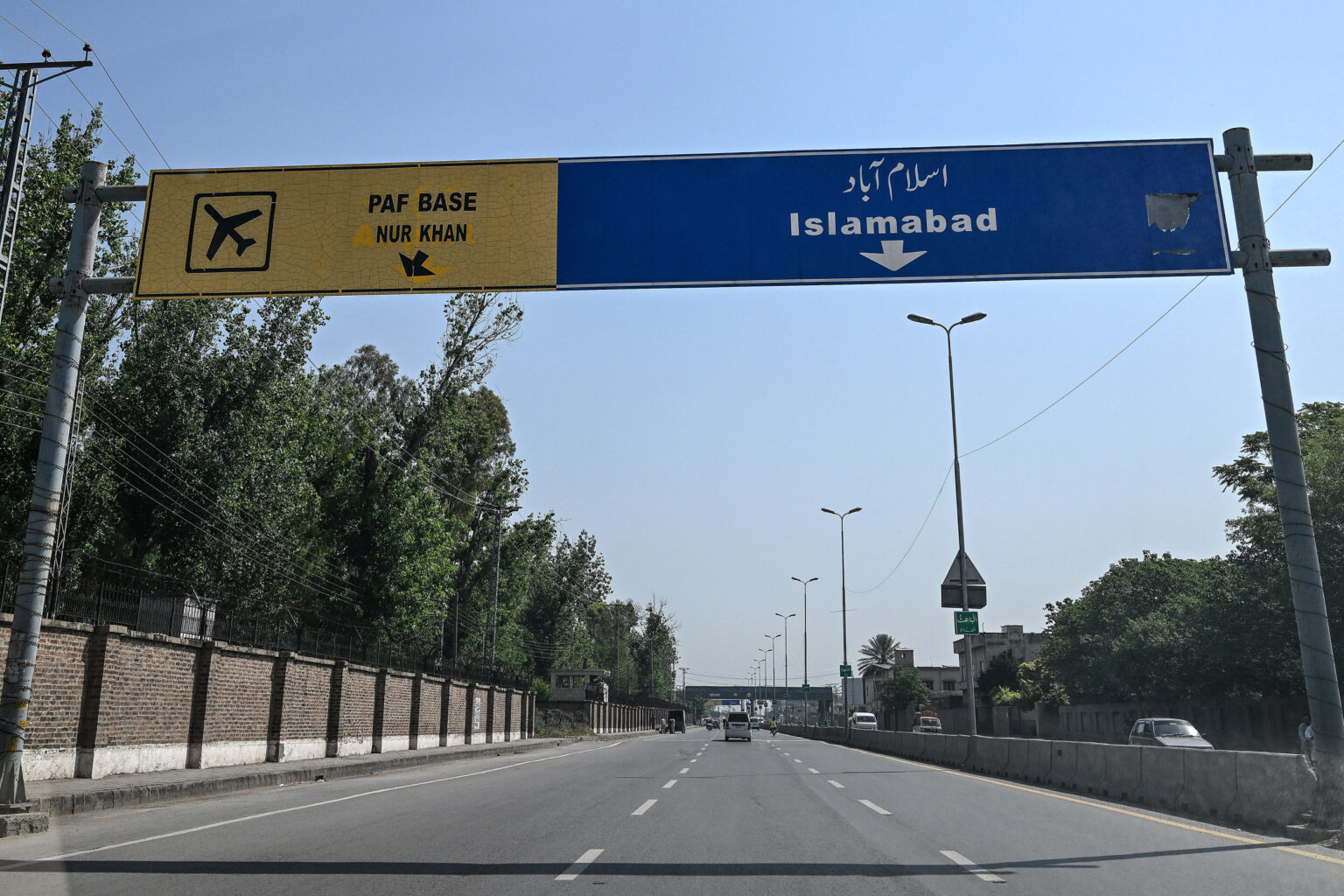Newly released satellite imagery reveals significant structural damage to Pakistan’s Nur Khan Air Base in Rawalpindi following precision airstrikes conducted by India under “Operation Sindoor.” The images, analyzed by open-source intelligence, reveal an extensive impact on the base’s runway and infrastructure.
These strikes were part of India’s broader military response to escalating cross-border hostilities, including drone and missile attacks from Pakistan. The satellite evidence provides independent confirmation of the damage inflicted on one of Pakistan’s most critical military installations.
Newsweek reached out to the foreign ministries of India and Pakistan for comment.
Why It Matters
The release of independently sourced imagery substantiates India’s claims of a precise and measured military operation, offering visual evidence amid competing narratives from both nations. By targeting Nur Khan Air Base—considered a logistic and command hub for the Pakistan Air Force—India demonstrated its ability to hit strategic targets. Such developments further heighten the stakes in a volatile region already fraught with historical tensions, cross-border militancy, and nuclear risk.
Imagery released by a Chinese satellite firm (MIZAZVISION) helps spotlight damage at Pakistan’s Nur Khan Airbase – the Indian Air Force precision strike appears to have focused on disabling infrastructure & ground support vehicles present on site at the time pic.twitter.com/f4q2OTinCp
— Damien Symon (@detresfa_) May 11, 2025
What To Know
India carried out targeted airstrikes on May 7 in response to the April 22 terror attack in Pahalgam, which killed 26 civilians. The operation marked a calibrated escalation after Pakistan launched missiles and drones across the border. Indian officials stated that the strikes aimed exclusively at infrastructure used by United Nations-designated terrorist groups, including Jaish-e-Mohammed and Lashkar-e-Taiba.
Nur Khan Air Base
Nur Khan Air Base is one of Pakistan’s most strategic air installations. Satellite images posted on X, formerly Twitter, and analyzed by open-source intelligence researcher Damien Symon show widespread damage, particularly to the main runway. Symon identified destroyed sections and associated structural impacts, reinforcing claims that the base was rendered temporarily inoperable.
Chinese company MizarVision released the satellite images confirming damage to Nur Khan. The imagery provided external verification of the strike’s success, supporting other visuals from Indian provider KAWASPACE. Additional images confirmed damage at Bholari and Jacobabad Air Bases, particularly to operational support areas.
Imagery released by an Indian firm (KAWASPACE) spotlights damage at Pakistan’s Jacobabad Airbase – the Indian Air Force strike appears to have affected a hangar on the base’s main apron — minor, possible secondary damage to the ATC building is also suspected pic.twitter.com/ntZSDldNw7
— Damien Symon (@detresfa_) May 11, 2025
Ceasefire Holds
India and Pakistan have agreed to a ceasefire following U.S.-brokered talks. The truce was first announced by U.S. President Donald Trump on social media and later confirmed by Pakistan’s Foreign Minister Ishaq Dar and Indian Foreign Secretary Vikram Misri. Further negotiations are scheduled for Monday. However, hours after the announcement, India accused Pakistan of “repeated violations,” and explosions were reported in Srinagar, though their cause remains unclear.
What People Are Saying
Pakistan’s Prime Minister Shehbaz Sharif, Saturday on X: “We thank President Trump for his leadership and proactive role for peace in the region. Pakistan appreciates the United States for facilitating this outcome, which we have accepted in the interest of regional peace and stability.”
U.S. Secretary of State Marco Rubio said: “I am pleased to announce the Governments of India and Pakistan have agreed to an immediate ceasefire and to start talks on a broad set of issues at a neutral site.”
What Happens Next
The ceasefire is on hold for now, with further talks scheduled for May 12. Rubio confirmed that India and Pakistan have agreed to discuss a broad set of issues at a neutral site. Both countries have called for the truce to be upheld, but have accused each other of violations.
Read the full article here

